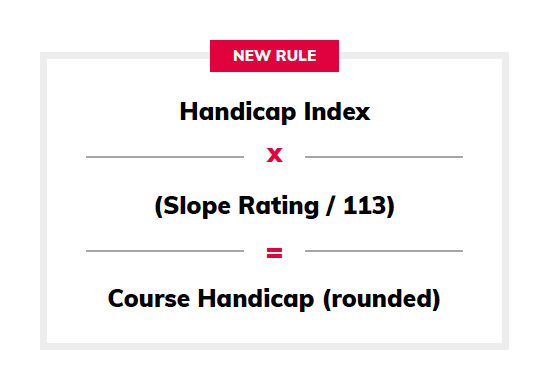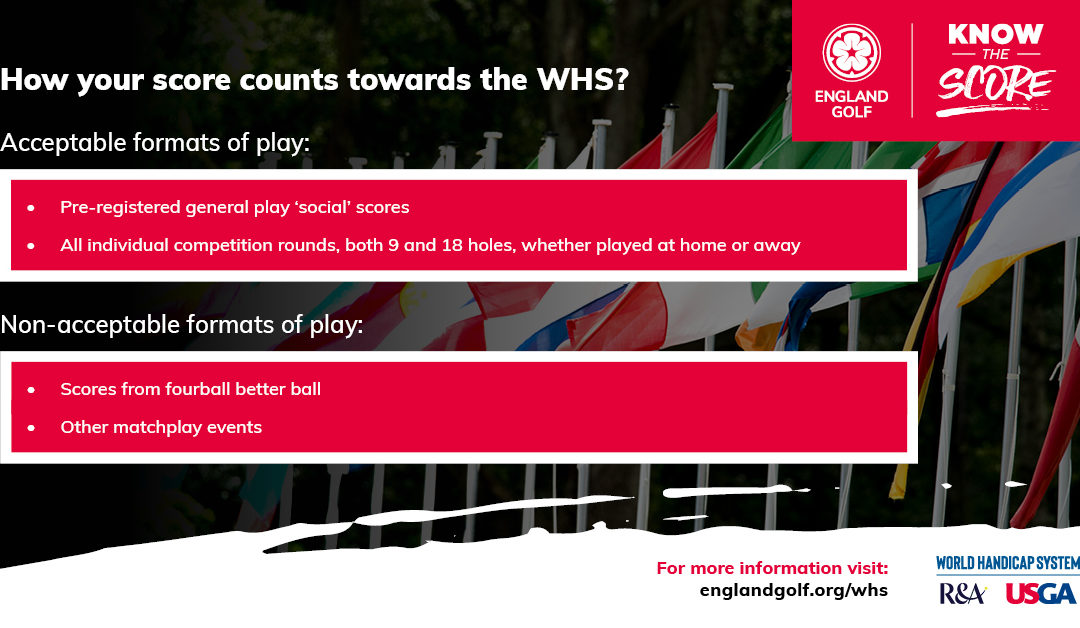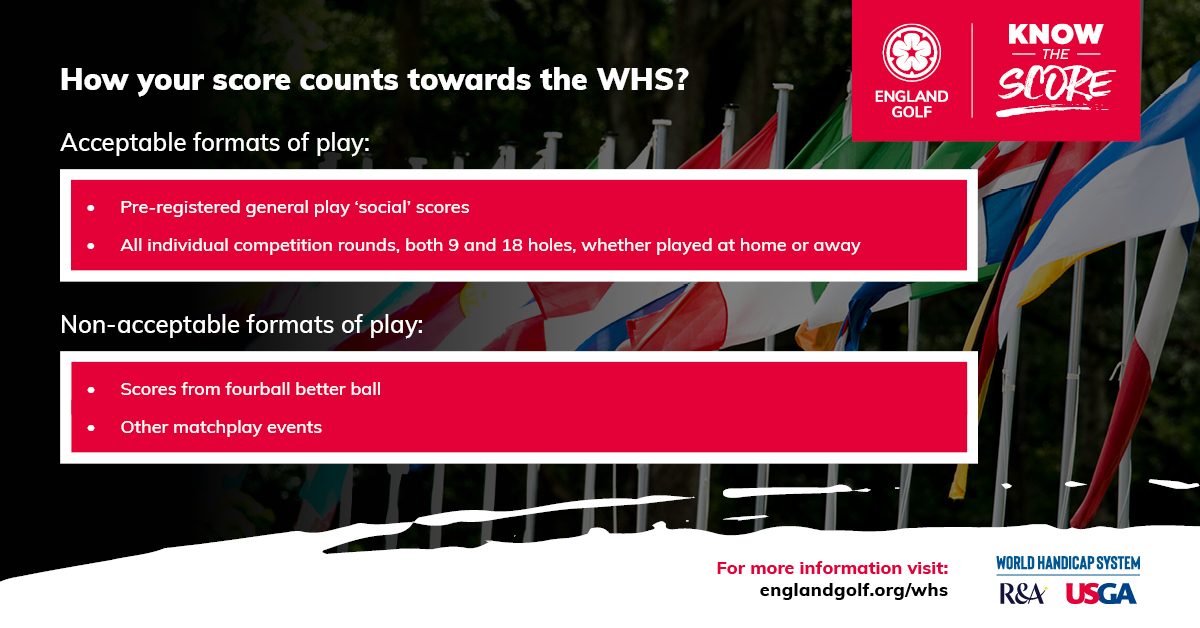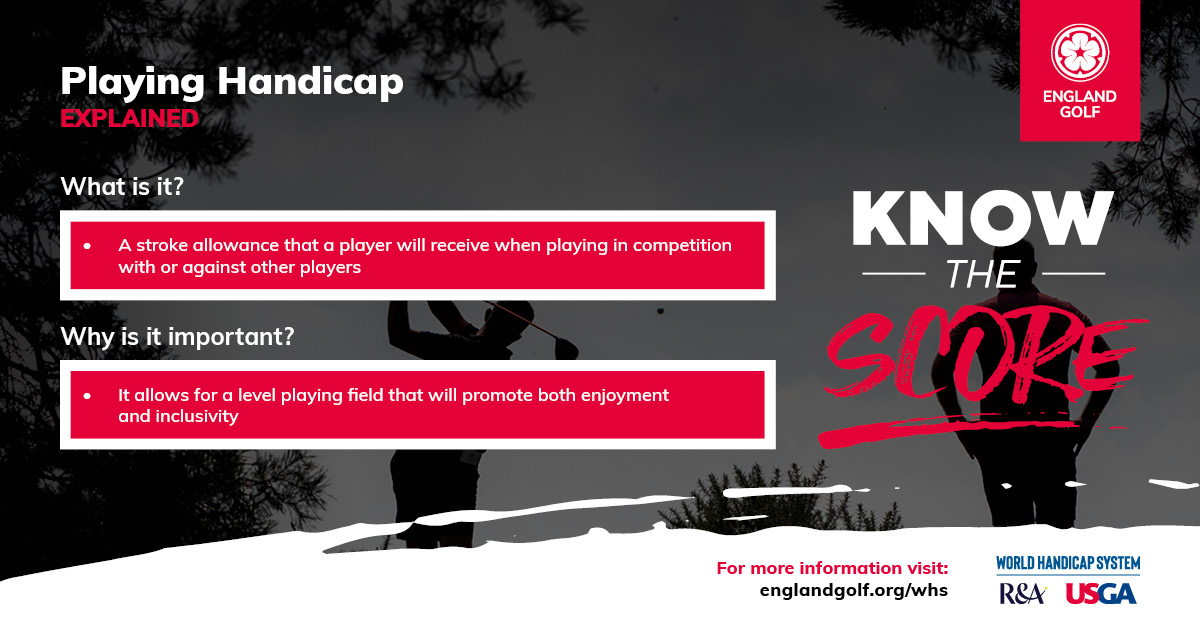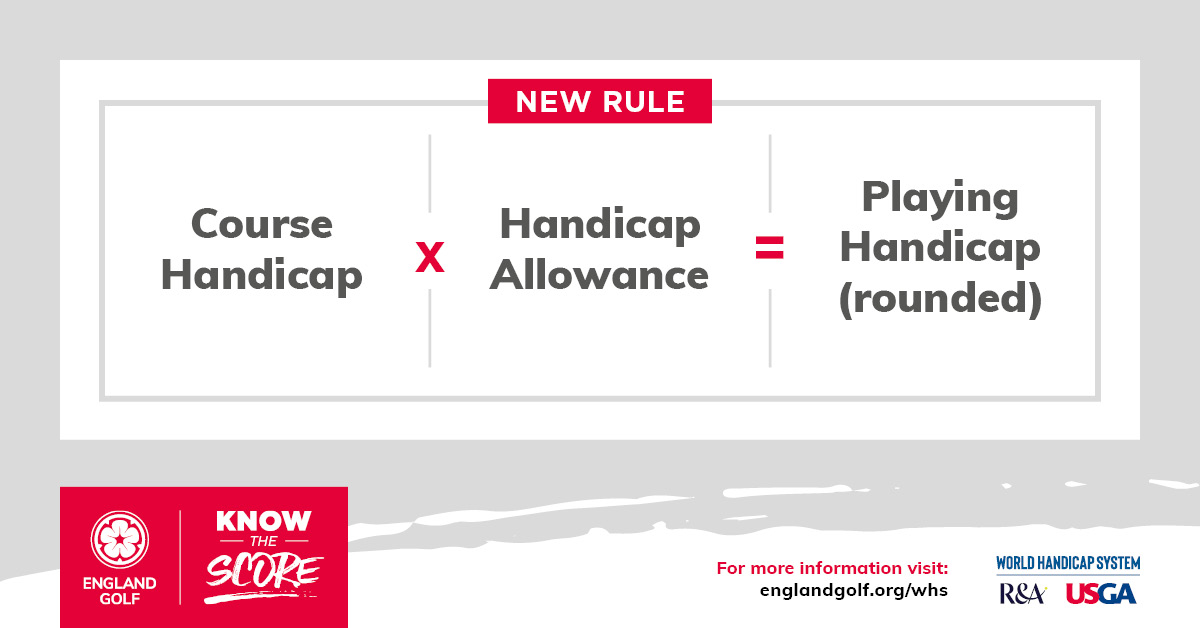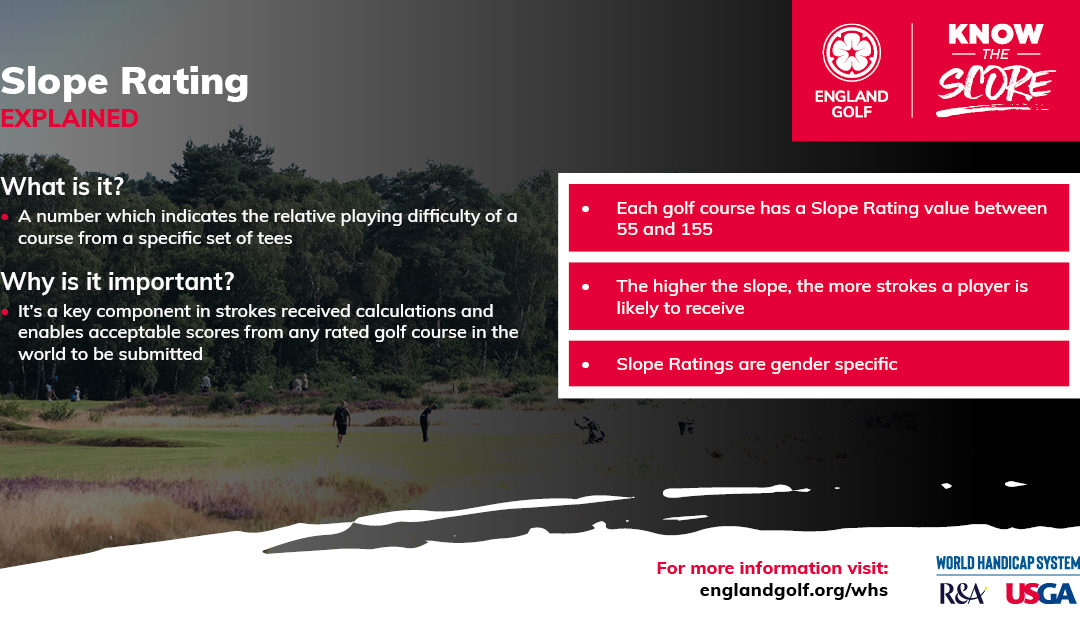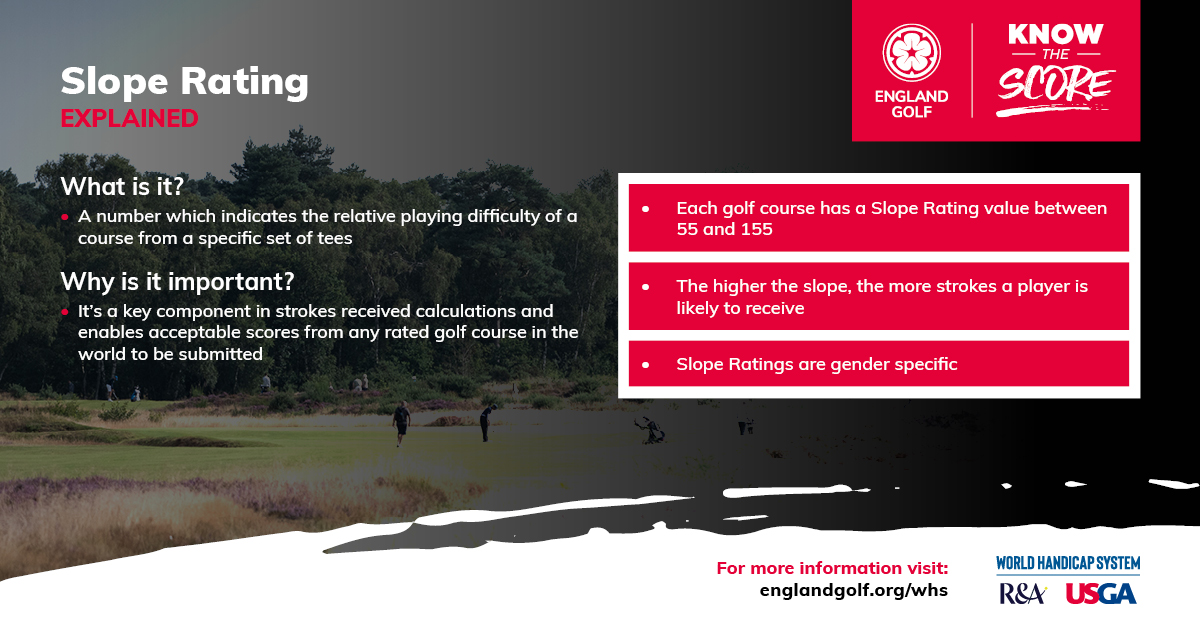
What is a Course Handicap?

What is a Course Handicap?
Before any player starts their round they must convert their Handicap Index into a Course Handicap.
The Course Handicap determines the number of strokes a player receives for any set of tees on a course.
How to work out a Course Handicap?
England Golf has provided Course & Slope Rating tables to all golf clubs. Tables should be positioned in conspicuous locations around the club to make it simple for golfers to find prior to beginning their round.
Golfers simply have to choose the tees they are playing off that day and cross reference their Handicap Index on the Course & Slope Rating table to ascertain their Course Handicap. It really is as simple as that – they’re then ready to get out on the course and play!
Course Handicap Tables are also available via an App and club handicap software so golfers can view their Course Handicap remotely prior to a round. Should any golfer wish to calculate their Course Handicap manually the formula is as follows:

